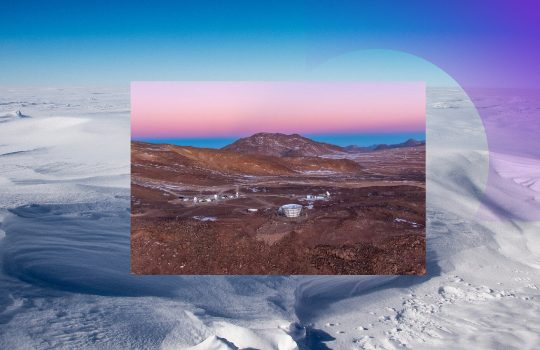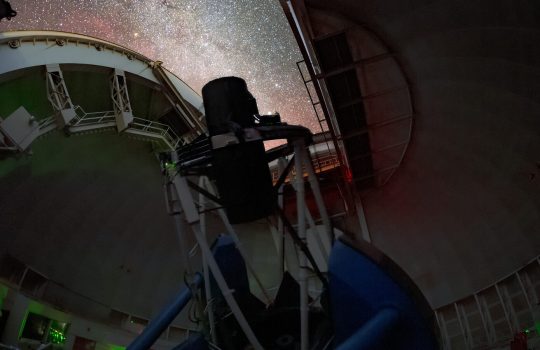The LHC has determined the mass of the Higgs particle – and it is changing
From der Standard (Germany), October 23, 2022: A new report on the mass of the Higgs ten years after its discovery. The CMS detector team has measured the uncertainty of the mass of the Higgs boson more precisely and the new findings have been published in nature.


